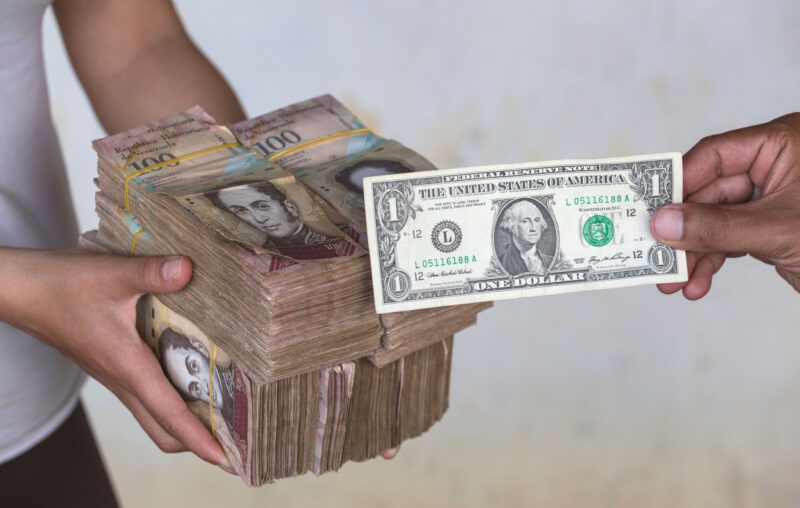
Following Sunday’s election results, Javier Milei is set to become the president of Argentina on December 10. Among other things, president-elect Milei has vowed to replace the peso with the US dollar, a policy known as dollarization. Some critics have argued that dollarization will deplete the Argentine central bank’s US dollar reserves, which would make dollarization prohibitively expensive and ultimately result in hyperinflation. In leveling this criticism, however, they misinterpret Argentina’s current economic situation and fail to consider real-world cases of dollarization during inflationary crises.
The risk of hyperinflation in Argentina is not due to Javier Milei’s advocacy for dollarization. Instead, it results from years of unsound monetary policies. Inflation has been steadily increasing since 2007, well before Milei proposed dollarizing (and well before nearly anyone in Argentina thought dollarization likely).
Some experts argue that, by international standards, Argentina may already be experiencing hyperinflation. According to Philip Cagan’s seminal 1956 study, most economists define hyperinflation as an inflation rate exceeding 50 percent monthly. To put this in perspective, the average annual inflation rate in Europe between 1950 and 1955 was 5.1 percent. In Cagan’s terms, a hyperinflation country experienced monthly price increases that were ten times as high as the price increases a typical European country had experienced in a typical year.
The monetary policy landscape is much different today than it was in the years just prior to Cagan’s study. In the five-year period ending January 2020, just prior to the pandemic, the European Union’s average annual inflation rate was a mere 0.98 percent. Using Cagan’s proportions, that would imply hyperinflation takes place in a country realizing at least 9.8 percent inflation per month. Argentina witnessed monthly inflation rates of 12.7 percent and 8.3 percent for September and October, respectively. Hence, adjusting Cagan’s hyperinflation threshold to reflect the general improvement in monetary policy elsewhere would suggest Argentina is already experiencing hyperinflation. While further deterioration is certainly likely, critics of dollarization need to acknowledge how severe Argentina’s inflation is in the context of the modern global economy.
International experiences show that dollarization and hyperinflation are interconnected issues, but not as dollarization critics imply. For example, Ecuador adopted dollarization in January 2000 in order to preempt hyperinflation. Ecuador’s dollarization proved effective. Dollarization quickly aligned Ecuador’s inflation rate with that of the US and then kept it steady over the following decade, despite economic challenges and two sovereign debt defaults. Another compelling example is Zimbabwe, which adopted dollarization in January 2009 to combat runaway hyperinflation. The result was also successful, with inflation reaching US levels by January 2010. As these cases illustrate, dollarization can be a solution for hyperinflation. Argentina, too, can employ dollarization to either avert hyperinflation, or escape it should inflation spiral out of control.
The risk of hyperinflation in Argentina does not arise from the intention to dollarize but from a central bank that appears incapable or unwilling to exercise restraint. Argentina’s historical record shows that central bank independence is absent and not easily secured. For better or worse, dollarization presents the safest route to evade a monetary collapse. It offers Argentina an opportunity to implement much-needed reforms and embark on a sustainable growth trajectory. Things may get worse before they get better with dollarization. But arguing that a monetary reform known for taming inflation would cause hyperinflation is a distorted view of Argentina’s economic reality.

0 Comments